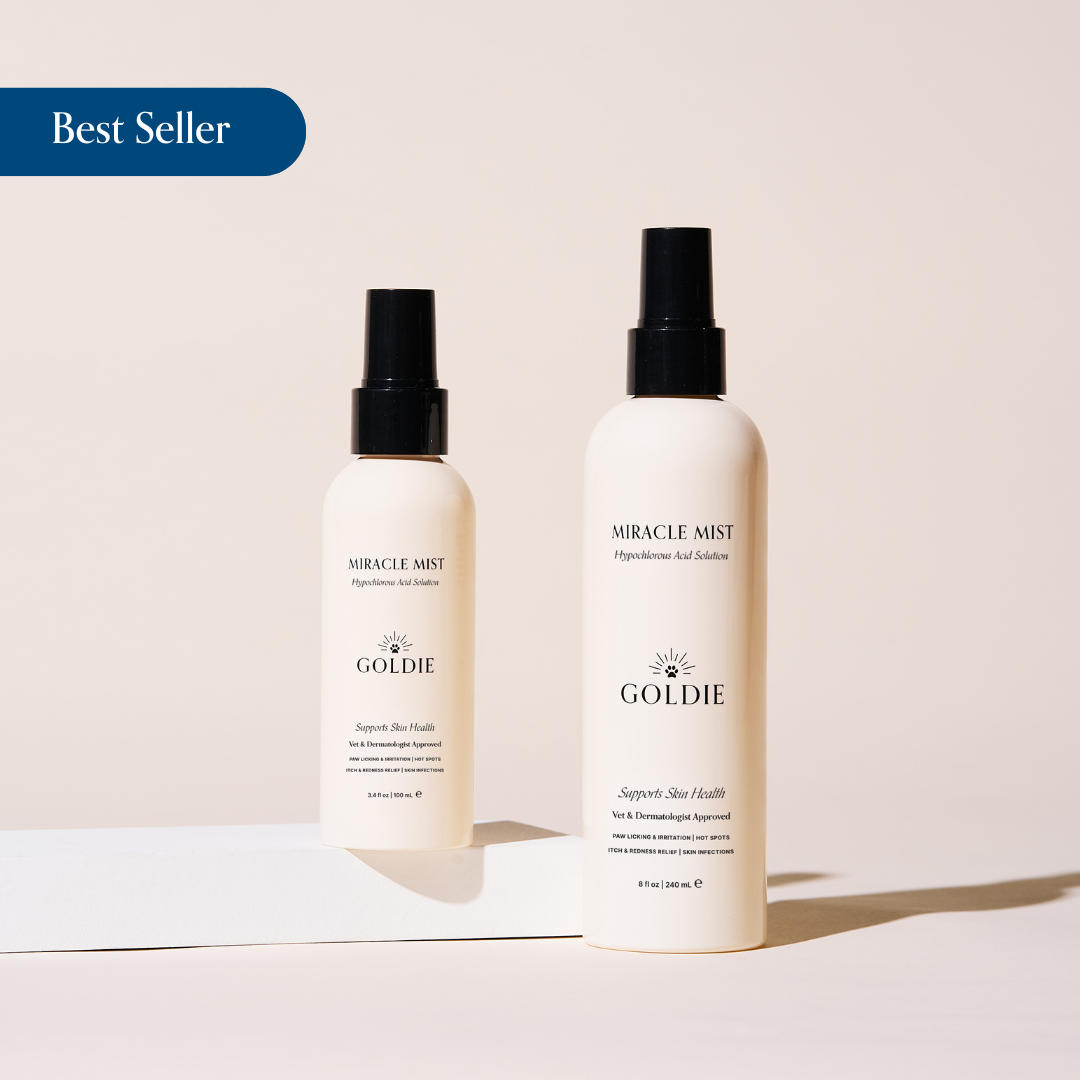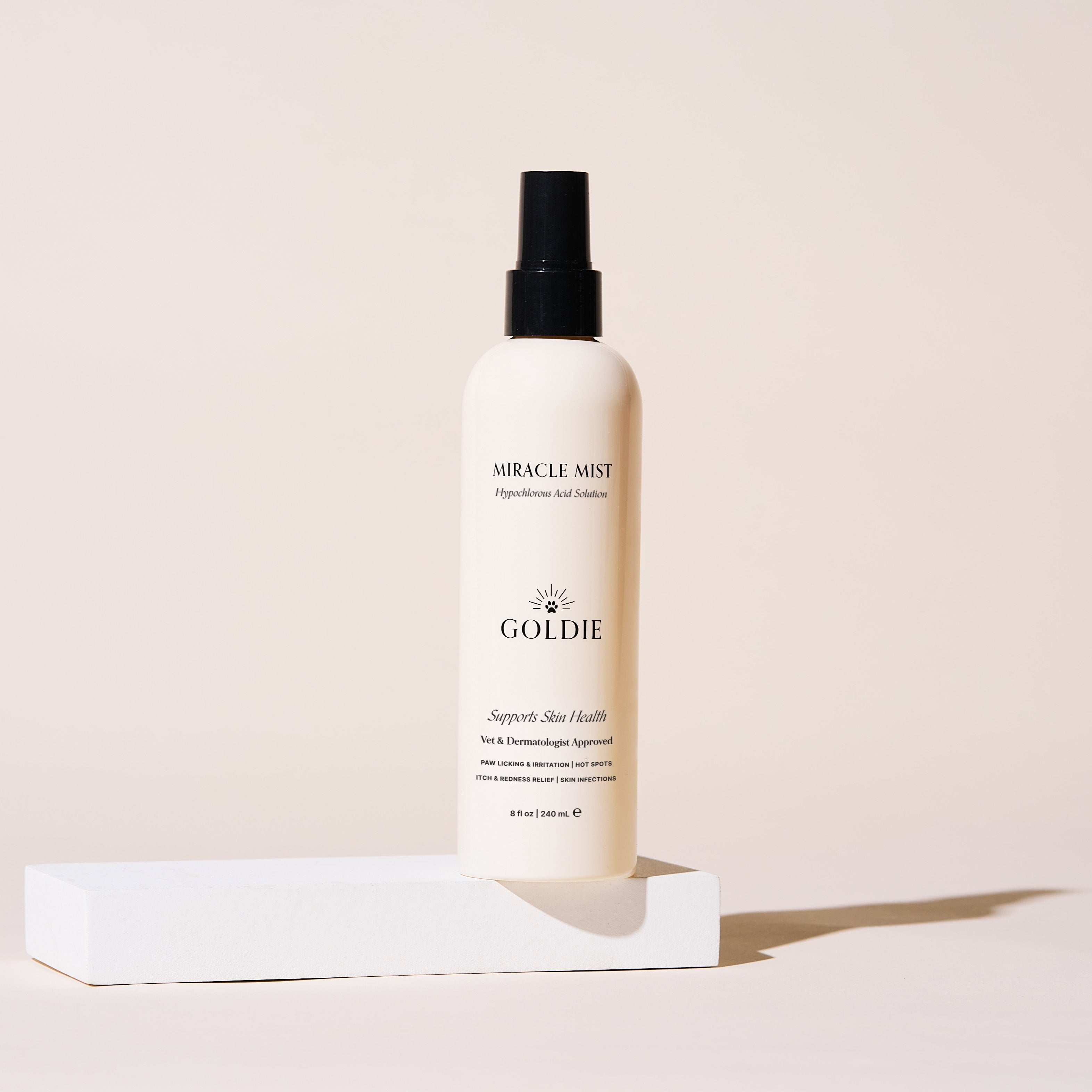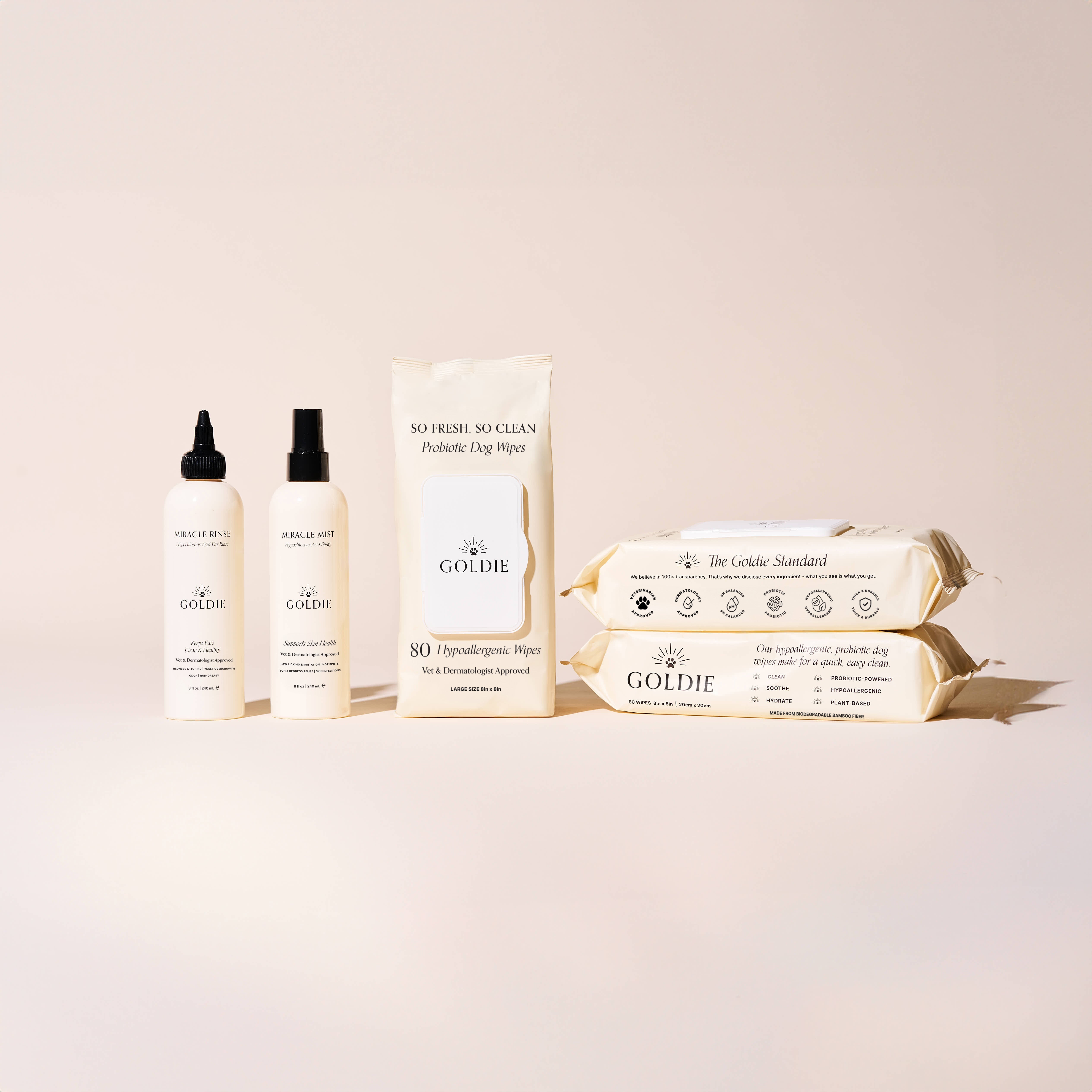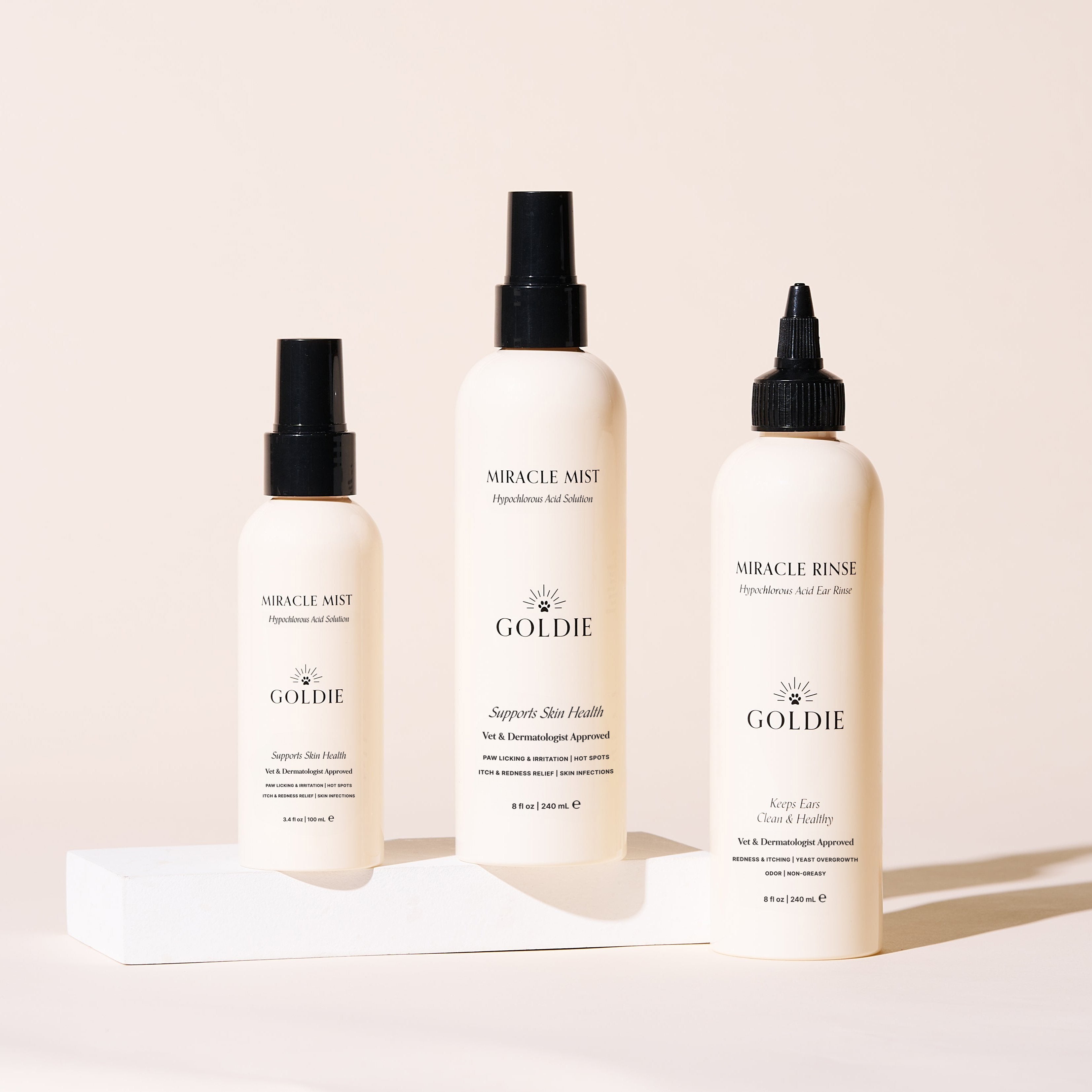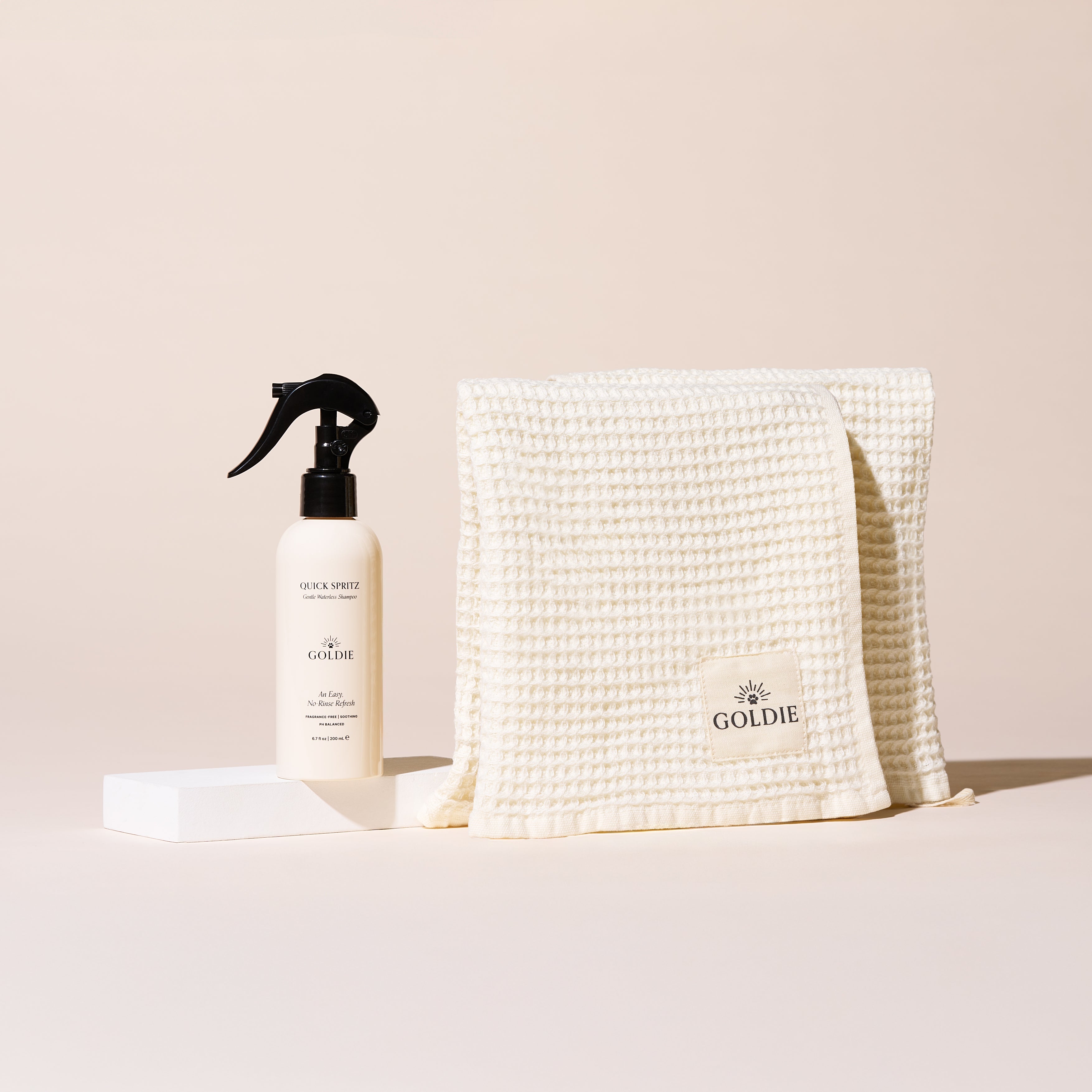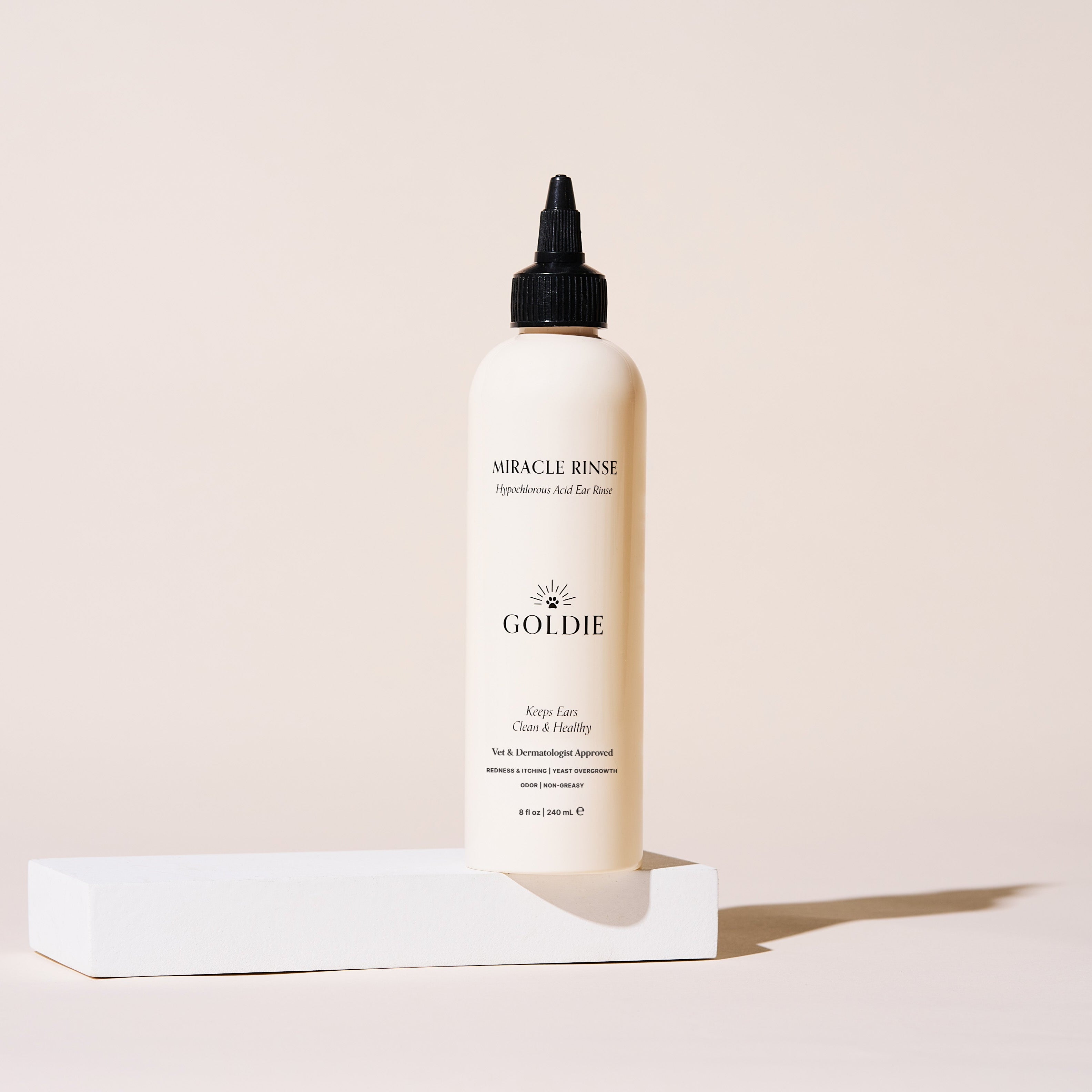As a devoted dog parent, you always want your pup to feel their best. But sometimes, our furry friends develop irritated, inflamed patches of skin called hotspots. These can appear suddenly and worsen quickly, causing discomfort and stress for both you and your dog. We're all about keeping pups happy and healthy, so let’s break down what hotspots look like and how you can treat them at home using safe, effective solutions.
What Does a Dog Hotspot Look Like?
Hotspots—also known as acute moist dermatitis—are red, inflamed, and sometimes oozing sores on a dog’s skin. They can appear anywhere but are most commonly found on the head, hips, and limbs. Here are some key signs to look for:
-
Red, inflamed patches that may look raw or irritated
-
Moist or oozing areas that can become crusty
-
Hair loss around the affected area
-
Constant licking, scratching, or chewing at the spot
-
A foul odor due to bacterial overgrowth
Hotspots are often triggered by allergies, insect bites, moisture trapped in the fur, or excessive licking due to boredom or stress. If left untreated, they can worsen quickly and lead to painful infections.
How to Treat a Dog Hotspot at Home
The good news is that with prompt attention, you can manage hotspots at home before they become serious. Here’s how:
1. Trim the Fur Around the Hotspot
Carefully trim the fur around the affected area to allow airflow and prevent further moisture buildup. This also makes it easier to apply treatments.
2. Gently Clean the Area
Use a mild, dog-safe cleanser to remove dirt and bacteria. Chlorhexidine is preferred, but be careful to avoid the eyes!
3. Soothe and Protect with Hypochlorous Acid
Hypochlorous acid is a safe, natural antimicrobial solution that helps soothe irritation, reduce inflammation, and promote healing. Applying a hypochlorous acid-based spray to the affected area 2-3 times daily can provide instant relief and help improve the hotspot.
4. Discourage Licking and Scratching
To prevent your pup from making the hotspot worse, consider using an e-collar (cone), anti-lick spray, or distraction techniques like puzzle toys.
5. Monitor for Improvement
With consistent care and the use of gentle, skin-soothing treatments, most hotspots will begin to heal within a few days. If the area worsens or your dog seems very uncomfortable, consult your veterinarian.
Prevention is Key
To help prevent future hotspots:
-
Keep your dog’s coat clean and dry, especially after swimming or baths.
-
Use hypochlorous acid-based sprays as a skin-soothing preventative treatment.
-
Address underlying causes like allergies, parasites, or boredom to minimize excessive licking and scratching.
-
Ensure your pup follows a healthy diet rich in omega-3 fatty acids to promote skin health.
Choosing gentle, vet-approved treatments can help keep your dog’s skin healthy and irritation-free. Let's do all we can to keep their skin itch-free :)

